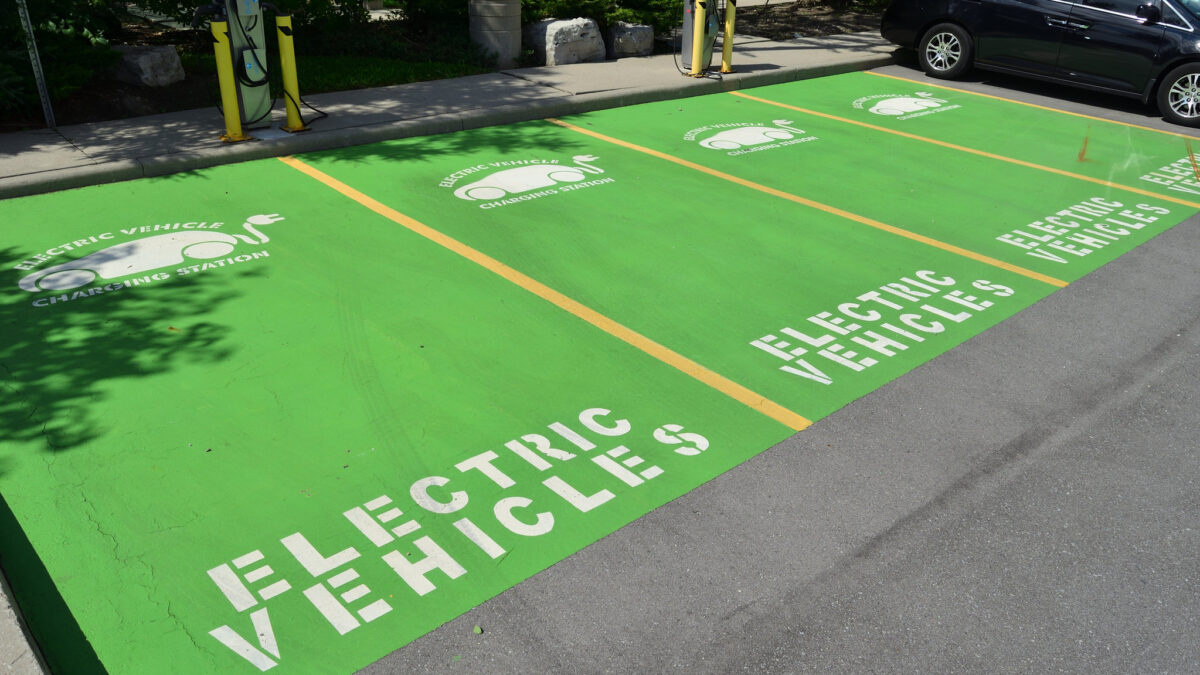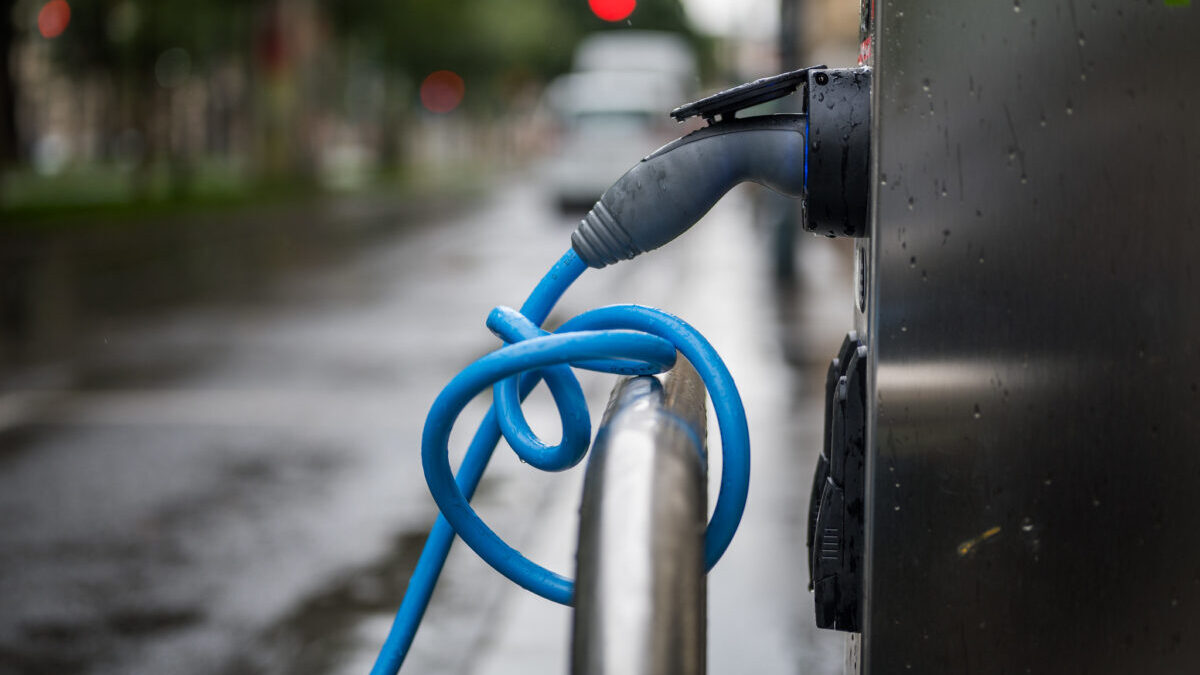Shortly after President Joe Biden came into office, he announced a goal of having 50 percent of all new vehicle sales be electric vehicles (EVs) by 2030. Since then, he has dumped billions of dollars’ worth of subsidies into the EV sector to accelerate his EV mandate. However, President Biden will likely miss his EV target because young Americans who jumped on the EV wagon have suffered buyer’s remorse.
The Wall Street Journal reports that about 57 percent of American millennial EV owners indicate they want to switch back to a gasoline-powered car, mainly due to the difficulty of charging and the soaring cost of ownership. These challenges are a direct result of the Biden administration’s policies and incompetency.
One of the biggest anxieties of EV owners is charging their vehicles. In 2021, the Infrastructure Investment and Jobs Act allocated $7.5 billion to the Biden administration, aiming to build 500,000 commercial charging stations nationwide to boost the transition to EVs. After two and half years, the Biden administration has built only eight charging stations. Saying that the government is making progress at a “snail’s pace” isn’t even fair to snails.
My niece’s college friends recently embarked on a cross-country trip from California to Washington, D.C., in a Tesla. They got stuck somewhere in Nevada when the Tesla ran out of juice and there was no charging station nearby. They had to call a toll company to get themselves and the Tesla out of the desert. What happened to them is every EV owner’s worst nightmare.
For those who thought they could charge their EVs at home, few anticipated that “upgrading the electric wiring to accommodate an already pricey charger costs several thousand dollars,” according to the WSJ. Additionally, the price of electricity has soared nearly 30 percent, 50 percent higher than overall inflation, since Joe Biden took office in January 2021.
The primary reason for the surge in electricity prices can be traced back to the federal and state governments’ climate policies. These policies have led to the closure of fossil fuel and nuclear plants, which were once the main sources of affordable and reliable energy. In their place, we now have solar and wind, which are not as dependable and often require backup from peaker gas plants, usually at a significant premium. This shift “has resulted in spot prices soaring to $10,000 per megawatt hour during power shortages, a stark contrast to the normal range of $30 to $60,” as reported by the WSJ.
Another significant factor contributing to high electricity rates is the financial burden placed on consumers due to the government’s green energy mandates. Utility companies have had to incur substantial costs to upgrade their systems in compliance with these mandates. For instance, they are expected to spend a staggering $370 billion to upgrade their network to meet the Biden administration’s electric truck mandate. This cost is likely to be passed on to consumers, making home charging for electric vehicles a costly endeavor. A study by the Anderson Economic Group reveals that the fueling cost of a gas-powered car is actually lower than that of an electric vehicle, underscoring the direct effect on households.
Besides the difficulty of charging, young Americans are realizing that owning EVs does not make much economic sense. The Kelley Blue Book estimates that the average price of a new gas car in January 2024 is $47,401, nearly $8,000 cheaper than the average price of new EVs of $55,353. Furthermore, it costs more to maintain EVs. The average annual maintenance cost (i.e., insurance, taxes, gas, charging) of an EV in the U.S. is $4,856, compared to $4,107 for a gas car. Significantly, the average cost of insurance for an EV has increased by 58.1 percent from 2021 to 2023, compared to a 1.2 percent increase for gas cars.
Used EVs also lose value faster than gas cars. A study by iSeeCars finds most three-year-old electric vehicles (EVs) generally lose 52 percent of their price tag, compared to 39.1 percent of gas vehicles. One of the top reasons is that the federal and state governments’ financial incentives, i.e., tax credits and rebates, make it more attractive to purchase new EVs than used ones. Thus, used EVs depreciate faster due to a lack of demand. This is another ironic example of how a government policy that is supposed to accelerate EV adoptions ends up hurting it.
Young people between 18 and 29 were once the most likely to purchase EVs. However, they are also the age group that has suffered the most economically under Joe Biden. According to a WSJ report, “unemployment among college grads between 22 and 27 was 4.7 percent in March — about the same as in autumn 2008 — compared with 3.7 percent for all workers.” Among those college grads who were lucky to find work, more than half of them are underemployed, meaning their jobs don’t require a four-year degree.
In this high-inflation economic environment caused by the Biden administration’s excessive spending, many young people find that the traditional path to financial independence and homeownership has become unattainable. Since young people are already pinching pennies, it is natural to ditch EVs and choose gas cars because it is economically sensible. When you have difficulty paying rent and putting food on the table, climate change can wait.
The Biden administration has failed to recognize its policy failures. In March, the Environmental Protection Agency rolled out new emission standards, amounting to an EV mandate that seeks to cap the sales of gas-powered cars at 30 percent of auto sales by 2032. The only way voters can ensure their concerns are heard is through the ballot box this November.









